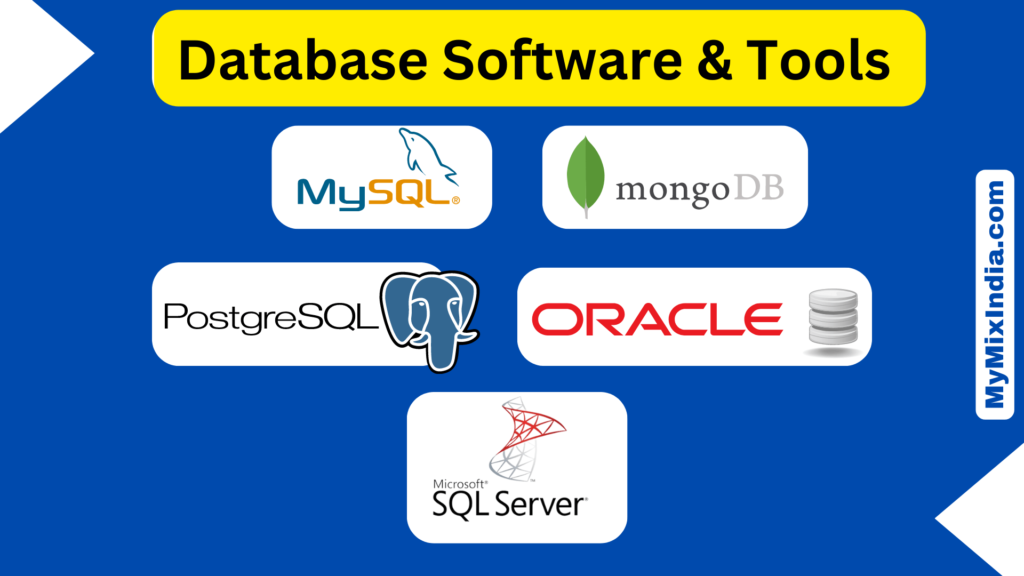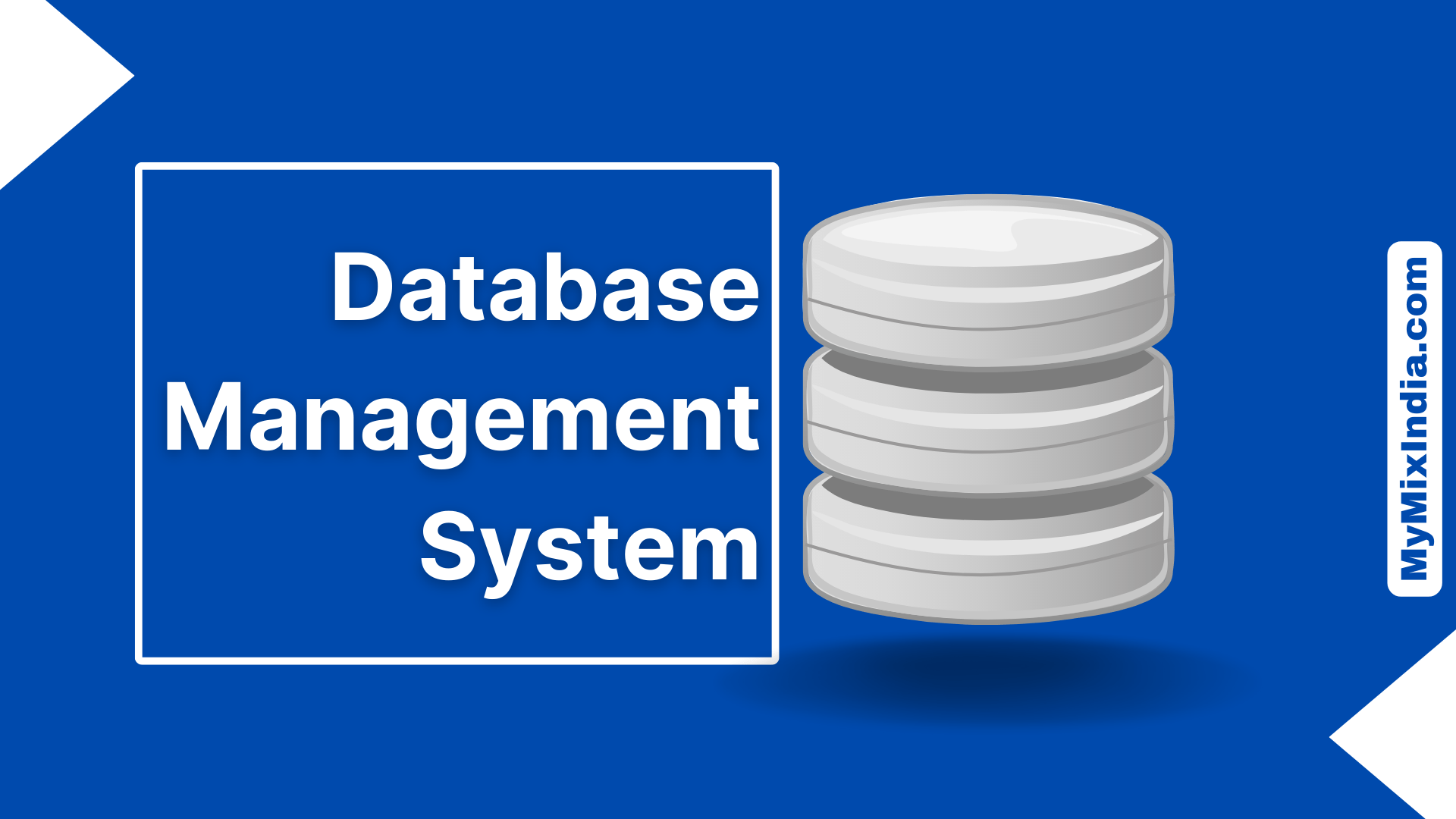The Evolving Landscape of Database Management Systems in 2023
Hi Geeks!
Lets talk about Database Management.
The Evolving Landscape of Database Management Systems in 2023
In this digital age, where data is abundant and vital for business success, choosing the right Database Management System (DBMS) is crucial. The year 2023 brings with it a rapidly evolving landscape of DBMS technologies, offering developers and businesses a diverse range of options to meet their data management needs. In this blog post, we’ll explore the key trends and advancements in DBMS that are shaping the technology landscape this year.
1. Cloud-Based DBMS:
One of the most significant trends in DBMS for 2023 is the widespread adoption of cloud-based solutions. Cloud-based DBMS offers scalability, flexibility, and cost-effectiveness, enabling businesses to focus on their core competencies rather than managing infrastructure. Providers like Amazon Web Services (AWS), Microsoft Azure, and Google Cloud Platform (GCP) offer managed database services, such as Amazon Aurora, Azure SQL Database, and Google Cloud Spanner, which provide high availability, automatic backups, and seamless scalability.
2. Distributed Database Systems:
The need for processing large volumes of data quickly and efficiently has led to the rise of distributed database systems. Distributed DBMS allows for data to be stored across multiple servers, enabling parallel processing and improved performance. Technologies like Apache Cassandra, CockroachDB, and ScyllaDB are gaining popularity due to their ability to handle massive workloads, support high availability, and ensure fault tolerance.
3. Graph Database Systems:
With the increasing complexity of data relationships, graph databases have emerged as a powerful solution. Graph DBMS, such as Neo4j and Amazon Neptune, excel at representing and querying highly interconnected data. They are ideal for use cases like social networks, recommendation engines, fraud detection, and knowledge graphs. The ability to traverse relationships efficiently and extract valuable insights from connected data sets makes graph databases a valuable tool for many industries.
4. Time-Series Database Systems:
The proliferation of Internet of Things (IoT) devices and the need to analyze time-stamped data have led to the rise of time-series database systems. Time-series DBMS, like InfluxDB and TimescaleDB, are optimized for storing and retrieving time-stamped data efficiently. They offer specialized features for handling time-series data, such as downsampling, retention policies, and efficient indexing. These systems find applications in areas such as monitoring, real-time analytics, and sensor data storage.
5. Machine Learning Integration:
Integrating machine learning capabilities within DBMS has become a focus area in 2023. DBMS vendors are increasingly offering built-in support for machine learning and advanced analytics. For example, databases like Microsoft SQL Server and Oracle Database provide integrations with popular machine learning frameworks such as TensorFlow and scikit-learn. This integration enables developers to leverage the power of machine learning directly within the database, simplifying the development and deployment of AI-powered applications.
Conclusion:
The year 2023 is witnessing exciting advancements in the field of Database Management Systems. Cloud-based solutions, distributed databases, graph databases, time-series databases, and machine learning integration are among the key trends shaping the DBMS landscape. As businesses strive to leverage data as a strategic asset, choosing the right DBMS becomes essential for efficiency, scalability, and gaining valuable insights. By embracing these emerging technologies, developers and organizations can unlock the full potential of their data and drive innovation in their respective domains.
Also check – Best of wired and wireless communication technologies
Database Management Tools and Software
In today’s world, data is the lifeblood of almost all applications and businesses. To manage this data effectively, developers need robust and reliable database software and tools. However, with so many options available, it can be overwhelming to choose the right one. In this blog post, we’ll take a look at some of the best database software and tools for development.

1. MySQL
MySQL is an open-source relational database management system (RDBMS) that is widely used in web development. It is fast, scalable, and easy to use, making it a popular choice among developers. It supports a wide range of programming languages and operating systems, making it versatile. Additionally, MySQL is backed by a large community of developers, which ensures that it remains up to date with the latest trends and features.
2. MongoDB
MongoDB is a NoSQL document-oriented database that is used for big data applications. It is scalable, flexible, and offers high performance, making it an excellent choice for handling large volumes of data. MongoDB stores data in a JSON-like format, making it easy to work with for developers. It is also easy to set up and use, making it a popular choice for startups and small businesses.
3. PostgreSQL
PostgreSQL is an open-source object-relational database management system that is known for its reliability and robustness. It is a powerful database that offers advanced features such as transaction support, data integrity, and concurrency control. PostgreSQL supports a wide range of programming languages and operating systems and is also highly scalable. Additionally, PostgreSQL has a large community of developers who contribute to its development, making it a solid choice for enterprise-level applications.
4. Microsoft SQL Server
Microsoft SQL Server is a relational database management system that is widely used in enterprise-level applications. It is known for its high performance, scalability, and security features. Microsoft SQL Server supports a wide range of programming languages and offers features such as data warehousing, business intelligence, and analytics. Additionally, it integrates well with other Microsoft products, making it a popular choice for organizations that use Microsoft technologies.
5. Oracle Database
Oracle Database is a powerful relational database management system that is widely used in large enterprises. It offers advanced features such as transaction support, data integrity, and security. Oracle Database supports a wide range of programming languages and operating systems and is highly scalable. It is also known for its reliability and performance, making it an excellent choice for mission-critical applications.
In conclusion, choosing the right database software and tools for development can be a daunting task. However, by considering factors such as scalability, reliability, performance, and ease of use, developers can make an informed decision. The options listed above are some of the best database software and tools for development and are suitable for a wide range of applications.
